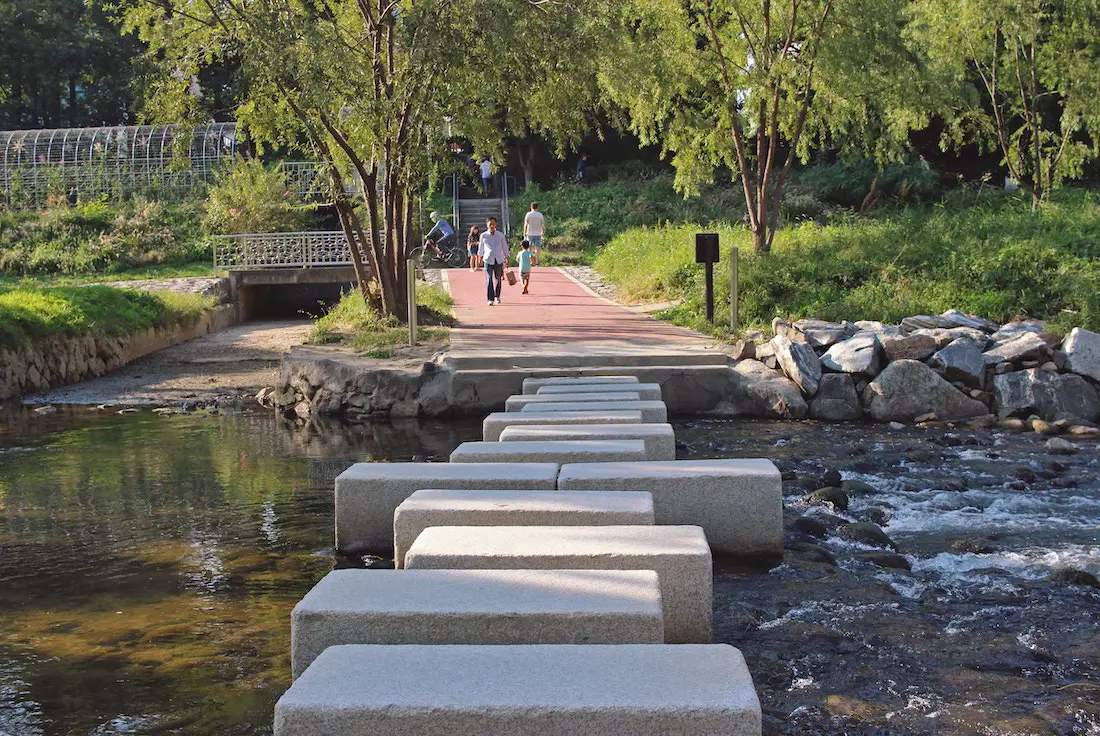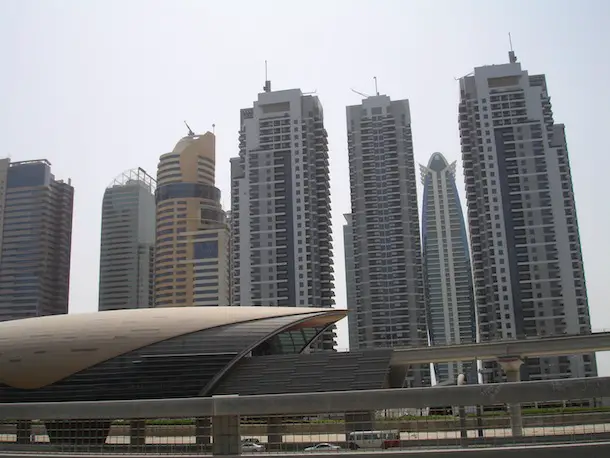Displacing People to Make Space for Cars: Is India Evicting the Wrong Squatters?
With over 1 million of Delhi’s residents displaced through the mass demolition of slum neighborhoods over the last 10 years, Bela Bhatia and Jean Drèze ask, “Is India evicting the wrong squatters?”
In Delhi, India’s 2nd most populous city, slum development accounts for a mere 1% of its land area, while automobiles are an unquestionably dominant feature of the cityscape. The sheer volume of cars added to Indian roads is staggering – the Centre for Science and Environment reports that 1,000 new cars enter Delhi’s roads every single day. It is no surprise that workers in New Delhi suffer some of the world’s worst commutes and experience the most trouble finding adequate parking.
The rise of the automobile also comes with an environmental cost. With millions of idling vehicles spewing fumes each day, a majority of the city’s air pollution comes from tailpipes. Unsurprisingly, New Delhi has been ranked by ECA International as having the worst air quality in the world, a price that exacts a huge toll on public health.
Yet despite these ill effects, India’s government continues to prioritize automobile usage by requiring high minimum-parking standards for buildings, allowing illegal parking that clogs roads and sidewalks, and constructing new roads instead of new transit or pedestrian infrastructure. In short, the government treats automobiles and parking as a public good (like much of the developed world does).
Slums, on the other hand, are viewed as a public nuisance that “tarnish the urban environment,” as Bhatia and Drèze put it. When the government demolishes these communities, they ignore the important economic role that slums play in the city as relatively stable homes for the millions of workers who cannot afford traditional housing or the cost of commuting from farther distances. The housing market has clearly failed these vulnerable populations.
What Bhatia and Drèze make strikingly evident is that while poor residents are increasingly forced to turn to the market for housing after being evicted from slums, the same is not true of car drivers in the sense that they turn not to the market, but to government to supply additional infrastructure (such as free parking lots in the middle of the city). As we have seen in developed countries, this formula only promises more congestion, more pollution, more stress.
Delhi is in a position right now to radically rethink the way they deal with urban transportation issues, and they can do so before going so far as paving over the whole city. With smarter policy that works to shift the burden of providing parking from the government to the private sector, Delhi will see the true cost of parking surface. For further discussion of these market-based solutions, I encourage you to visit Professor Paul Barter’s blog.
Photo: lharkness


